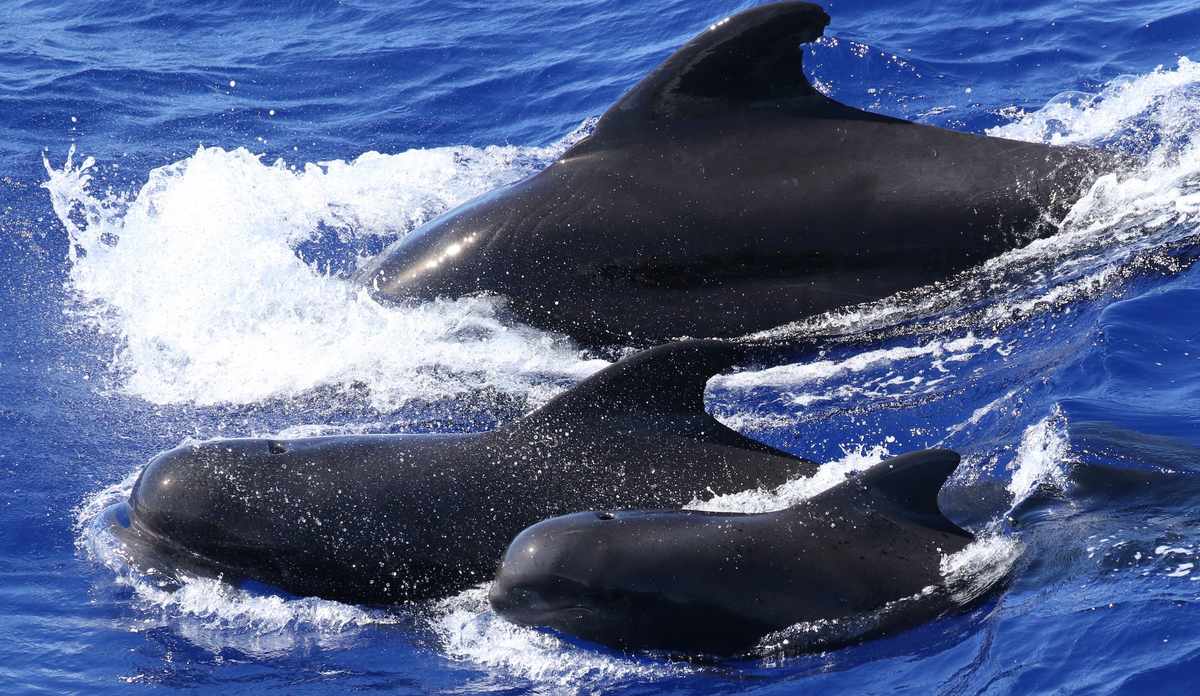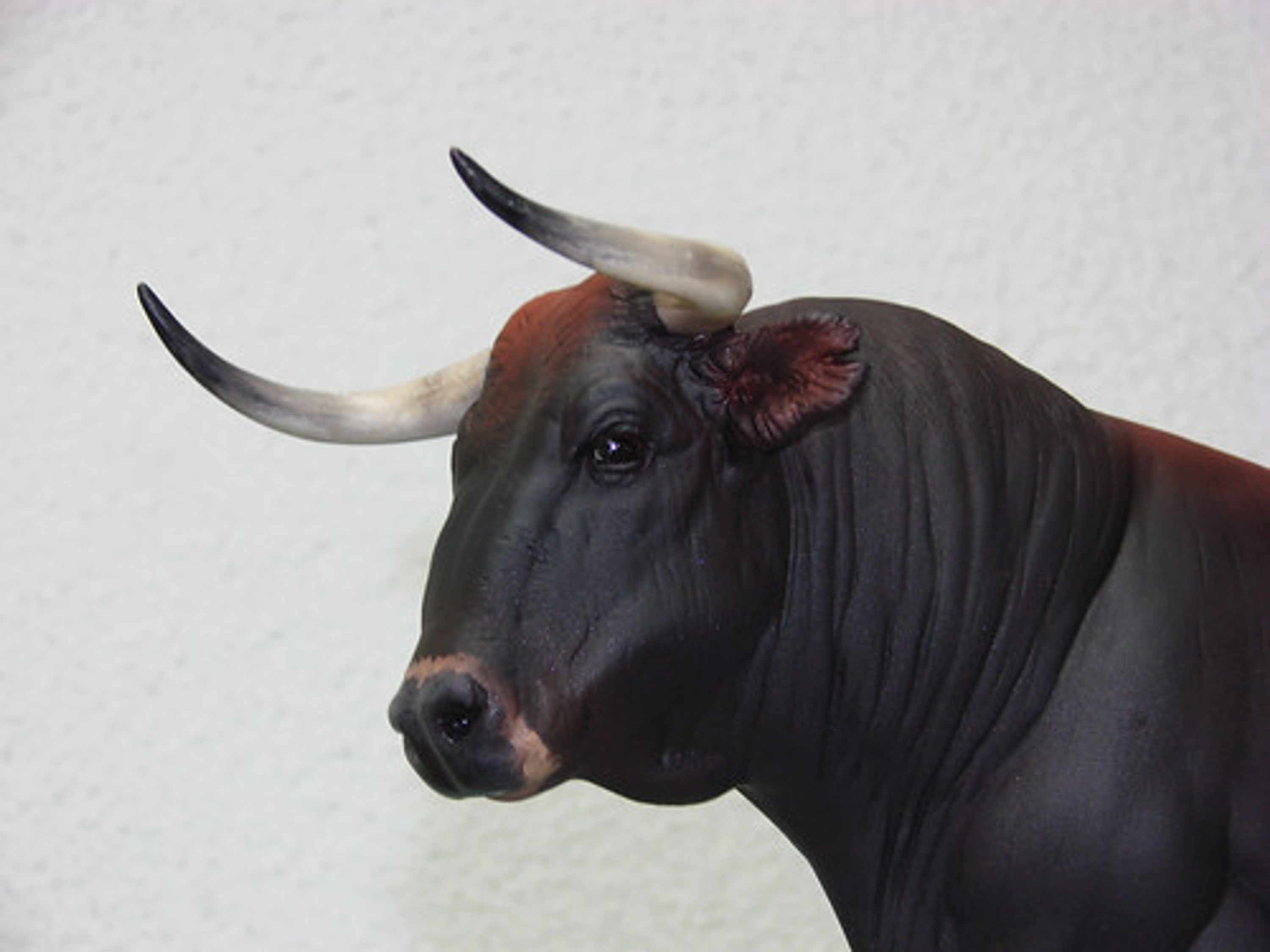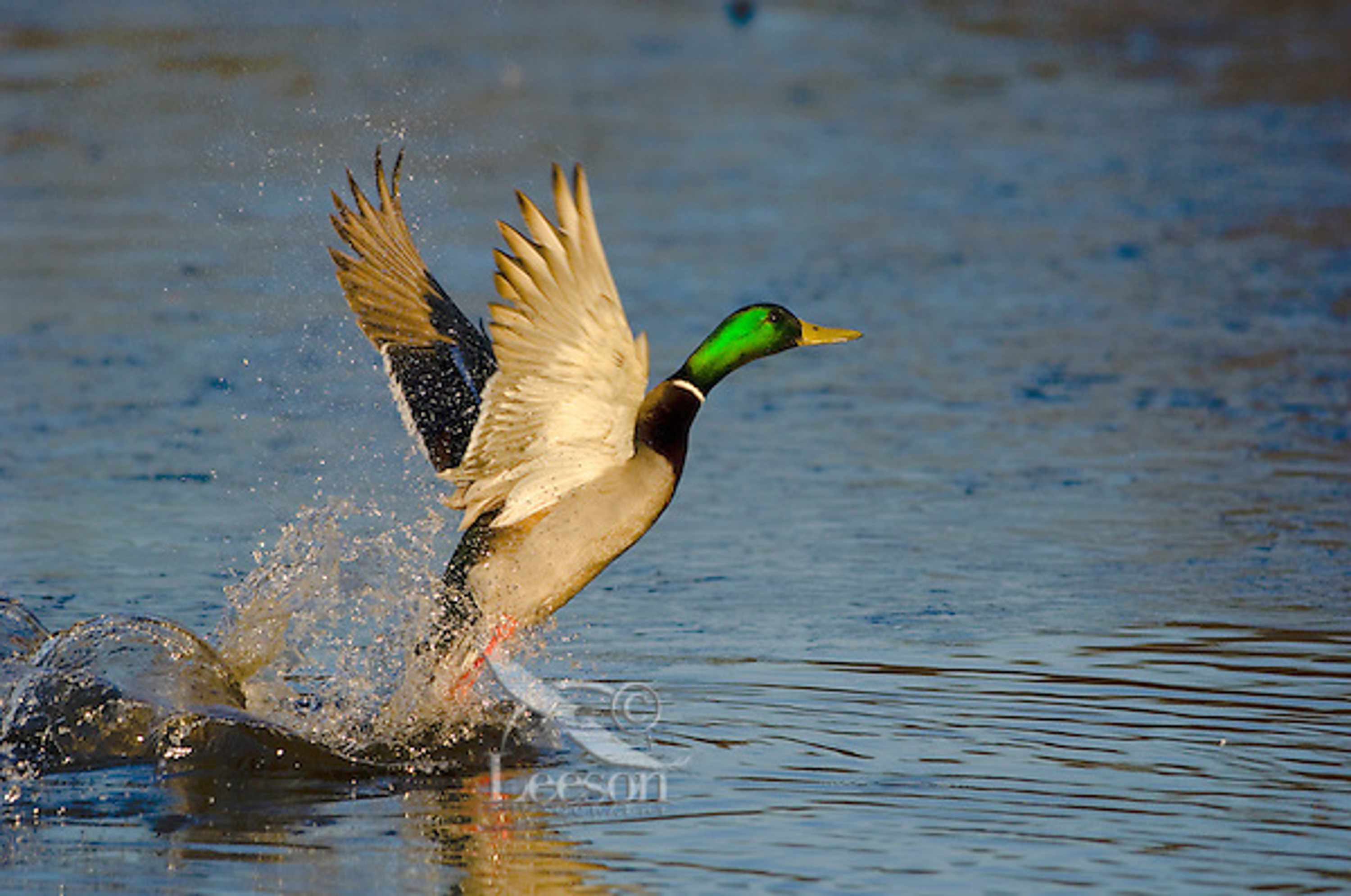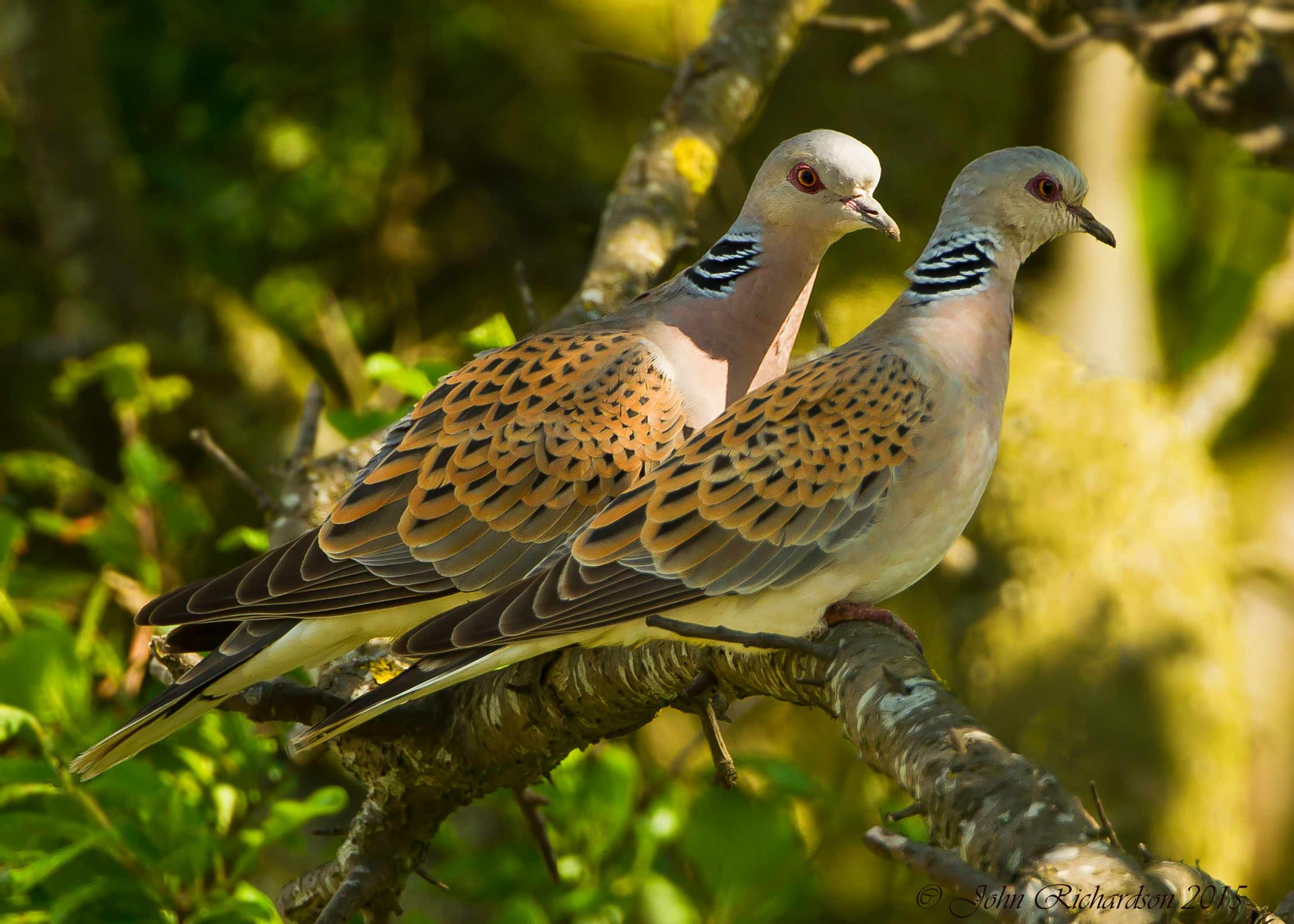Defending animal cruelty in the name of "tradition" is no longer legitimate
Defending animal cruelty in the name of "tradition" is no longer legitimate

Pilot whales are a very social and highly intelligent species
Around the world, numerous examples of extreme animal cruelty can still be found....all carried out in the name of "tradition”. Whilst extremely disturbing when considered one by one, as a whole they point to a fundamental friction between the human and animal worlds....one that not only causes massive unnecessary suffering to animals, but which threatens human survival as a species.
Often such activities are pursued not out of necessity, but for reasons such as entertainment or ‘sport’. Frequently, they are pursued because the use of the animals is viewed as a ‘right’. Such activities may have a long history. When the cruelties are challenged, those pursuing them often respond in terms of a claim to ‘tradition’.
Our right to kill
It is distressing to consider some of the many activities justified on the grounds of tradition. These include the rounding up and violent slaughter of pilot whales, often in their hundreds, around the shores of the Faroe Islands. The activity has purportedly been occurring since the 9th century. The Faroe Islands is not a poor country, but, instead, a dependency of Denmark with a per capita income amongst the highest in the world. There can surely be no justification for this slaughter. Only last year, the grotesque slaughter of 1500 dolphins took place on the Faroe Islands, taking many hours. Despite international outcry, this barbarity was defended as if there was a right to commit it.
Whaling continues in Japan and Norway too. It is not difficult to find many other such examples. Every year, approximately 180,000 bulls are killed in bullfighting events around the world. In Spain, the practice of bullfighting has been pursued for centuries. It involves the taunting and deliberate injury of defenceless bulls in front of a crowd, and their eventual killing. While once lack of understanding of animal sentience and feeling might have represented an excuse, this can surely no longer be the case. Many around the world oppose it, including many in the countries themselves, yet the activity persists, with claims it is a ‘cultural tradition’ and should be maintained.

A Miura bull – one of the types of bull used in bullfighting
On the Maltese islands, each year many tens of thousands of wild birds are shot as they seek to rest during migration. The majority of species are ostensibly protected under EU law, but the killing continues, supported by hunters who protest their rights to shoot and maim based on ‘tradition’ and so-called culture.
In China and certain other Asian countries, moon bears are kept in appalling conditions for as many as 30 years to provide bear bile for ‘traditional’ medicine. While, fortunately, the Chinese Government has now stated that the use of dogs for meat is no longer approved, the practice continues in many areas, despite the extreme cruelty associated with it, based on claims that it is a ‘traditional’ practice.
Five million or more donkeys are killed each year to supply the demand for Chinese traditional medicine products, including beauty products, containing ejaio, a substance derived from the gelatin in donkey skins. The donkey skin trade has decimated donkey populations in China and led to an international trade, which is now having a similar effect in African countries, where donkeys may be stolen or purchased from impoverished people by skin traders with devastating economic effects, before being brutally slaughtered.
In the U.K., activities that cause massive welfare harm including damage to ecosystems and biodiversity, are justified in terms of tradition, such as the release for shooting of millions of gamebirds each year (such as grouse, pheasants, and partridges), and the continued practice of ‘wildfowling’, which involves destroying native wildlife for sport. Foxhunting continues behind the smokescreen of ‘trail-hunting’, a device used to conceal the ongoing use of dogs to kill foxes. Advocates of ‘tradition’ have continuously opposed the legal ban on hunting with dogs in the U.K. since its inception.

Two and a half million mallard ducks are reared for shooting in the U.K. each year
The appeal to tradition
The practices described above, and the many thousands of related activities around the world, have proved resistant to change. Their continuation is reinforced by appeals to ‘tradition’ and, the implication that such activities represent a part of ‘culture’.
Yet, there is no intrinsic value in tradition. The value of activities should surely be judged in terms of their consequences – the harms and benefits they cause. That a harmful activity has been pursued for a long time provides no justification for its continuance – in fact, this argues more strongly for it to end as soon as possible. The use of the term ‘tradition’ though, is not an honest one. In reality, the activities it is used to shield have been initiated and pursued for entirely selfish reasons, to obtain animal products, or for the pleasure some appear to gain from the killing of animals or their use as entertainment.
The defence of ‘culture’
The term culture is often used alongside ‘tradition’. Yet, culture has to do with the learning of what is beneficial and of value. It has connotations of development and learning, of skill and sensitivity, none of which in any way apply to such activities as the hacking to death of whales, the taunting of bulls, or the shooting and maiming of wildlife.
When purported ‘cultural traditions’ of these kinds are criticised, an associated response is that the critic ‘doesn’t understand the local culture’ or has no right to comment simply because they are from elsewhere. The response suggests that there is some kind of local proprietorial right to harm and kill, and that there is a moral relativism. Yet, how might that be? The exploitation and killing of animals for entirely selfish reasons remains just that, and a harm caused in one place without justification is just as ethically unjustifiable as such harm caused elsewhere.

Turtle doves, a seriously endangered species, continue to be shot by Maltese hunters.
The appropriation of tradition to defend the indefensible
So, unforgivable, barbaric, and anachronistic practices continue, which have resulted in appalling unnecessary suffering to animals, both those kept and in the wild. Appeals to tradition are used to justify practices that are massively harmful to biodiversity and ecology, including in relation to the harvesting of wildlife and damage to marine resources. The term ‘culture’ has been appropriated by allusion to genuinely valuable cultural practices to stymy any criticism that might lead to change.
Challenging the power of vested interests
Most often, these harms to animals, and the wilful destruction of wildlife, are a result of the activities of a minority. It is these that hide behind claims to sacrosanct tradition. Often, there will be much wider public distaste or abhorrence. However, the minority continues to cause such harms out of all proportion to their number, often protected by a lack of effective mechanisms, such as legal statutes, to address them, and a lack of political will to challenge them. Frequently, the activities are supported by powerful ‘elites’ with disproportionate political and financial influence.
Those involved in the conduct of barbarities, who use spurious justifications in terms of ‘tradition’, and who misappropriate terms such as ‘culture’ must be continuously opposed. They do not have rights to kill and destroy, and past harmful activity – so-called ‘tradition’ – provides no justification for what they do. We should be clear that the harms caused, and the attempt to protect ‘rights’ to perpetrate them under a cloak of tradition, are, straightforwardly, abuses of power.
What is needed is an entire reset of our relationship with the natural world. Animals should have rights and be allocated their fair share of nature. This is ethically right and recognises their intrinsic value. It is also good for humans because it helps to sustain a diverse and resilient biosphere in which we can thrive.


